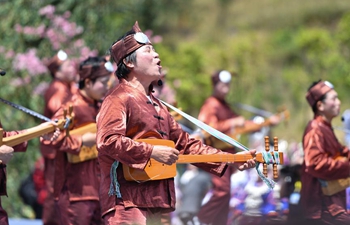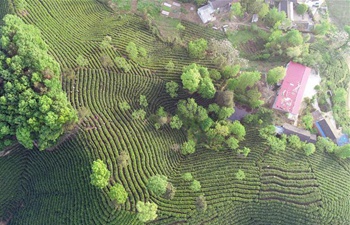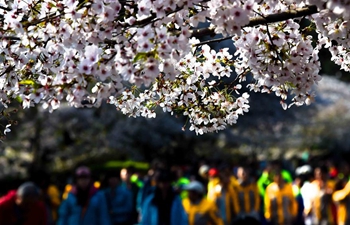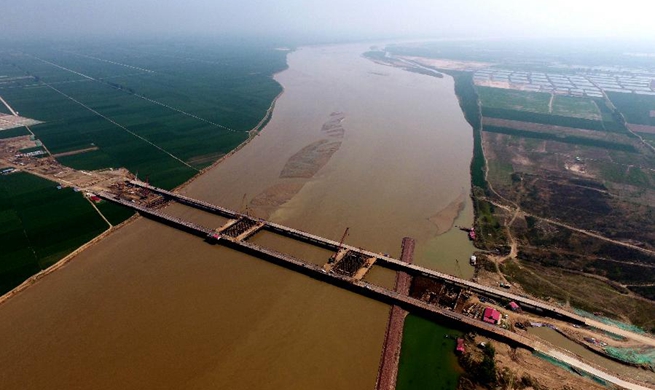PARIS, April 17 (Xinhua) -- United Nations educational and scientific body UNESCO on Tuesday said two more Chinese sites received the organization's Global Geopark Label as they demonstrated "the diversity of the planet's geology".
The UNESCO's Executive Board approved the designation of 13 new Geoparks from 11 countries and regions in Africa, Asia, Europe and North America, including the two Chinese sites Guangwushan-Nuoshuihe Geopark and Huanggang Dabieshan Geopark, said UNESCO in a statement.
Located in Bazhong City in southwestern China's Sichuan Province, the Guangwushan-Nuoshuihe Geopark displays natural landscapes such as karst and tectonic landforms, waterfalls and ponds.
"It is an important place for the analysis of the geological evolution of peripheral basins, because of its location in the transition zone between southern and northern karst landforms," according to the UNESCO statement.
The second named Chinese geopark is Huanggang Dabieshan in central Hubei Province. Demonstrating the geological evolution of the region, the oldest continental nucleus of the mountain belt, is a combination of a garnet-biotite-gneiss and greenstone belt (Muzidian Group). These rocks were formed under high pressure and high temperatures and are more than 2.8 billion years old.
UNESCO Global Geoparks are single, unified geographical areas where sites and landscapes of international geological significance are managed with a holistic concept of protection, education and sustainable development.
At present, there are 140 UNESCO Global Geoparks in 38 countries and regions.

















